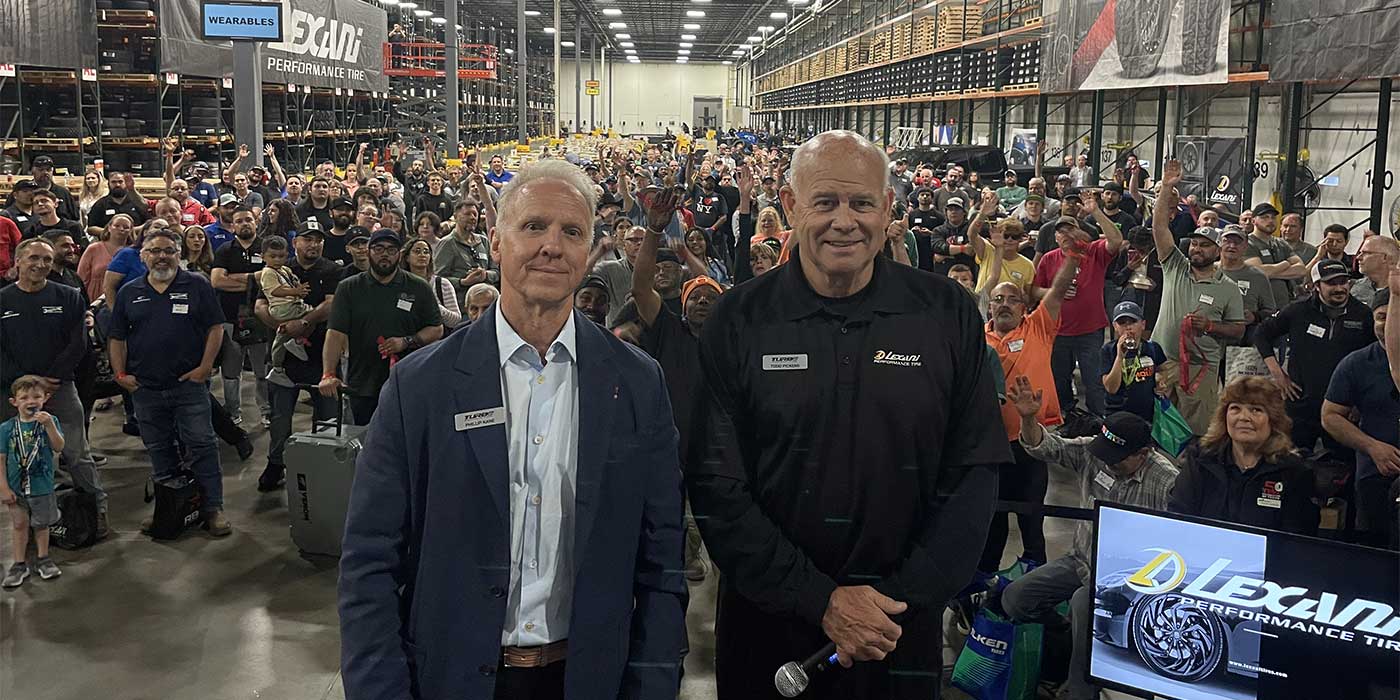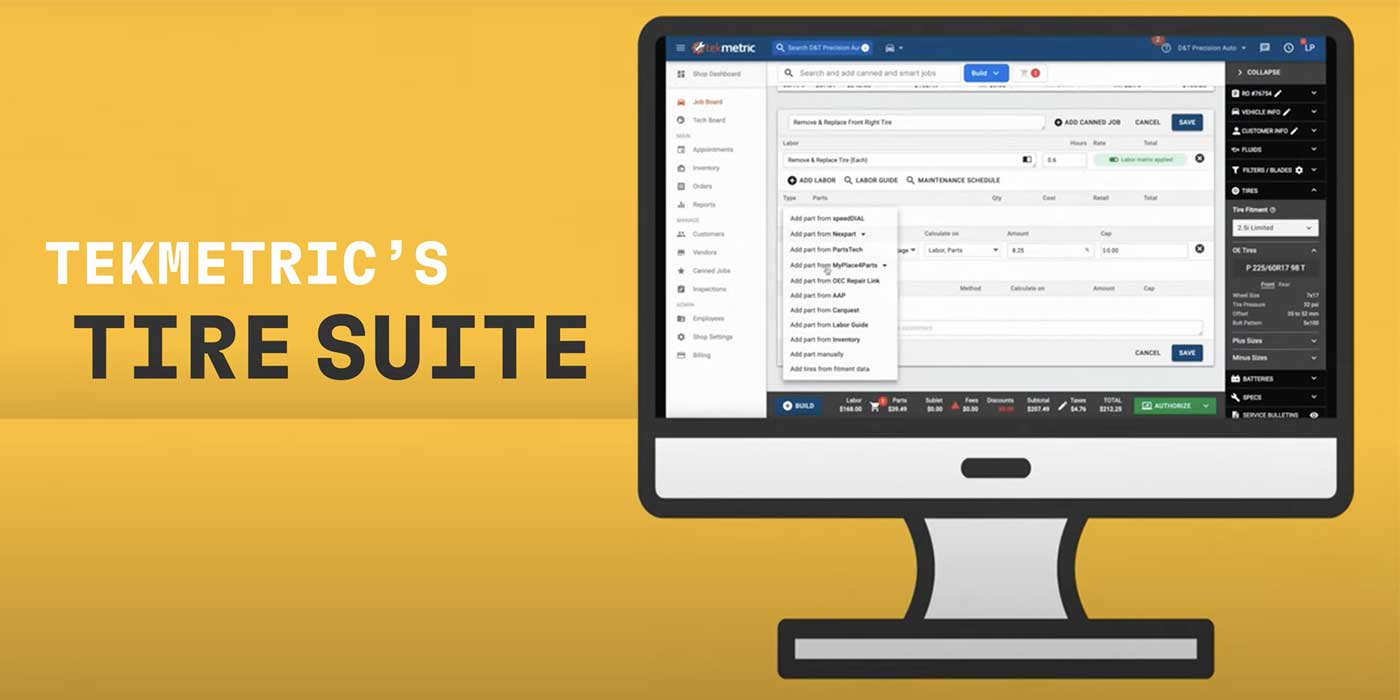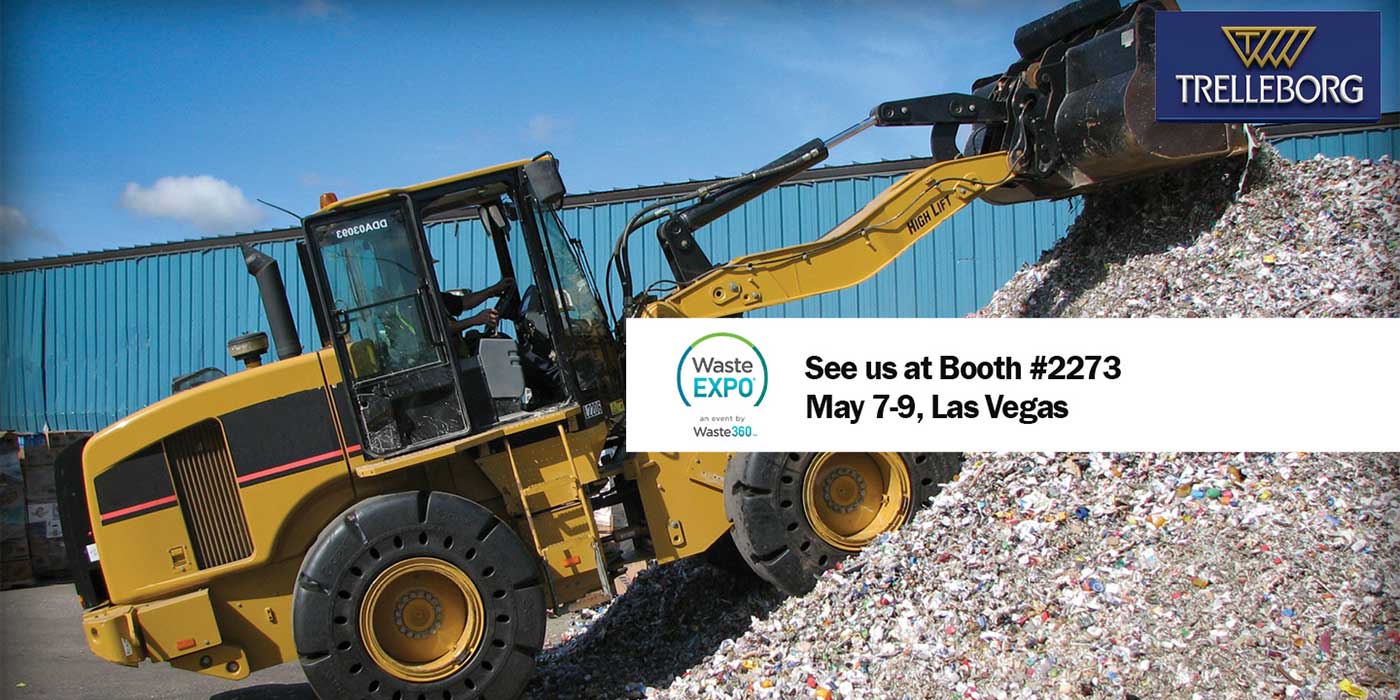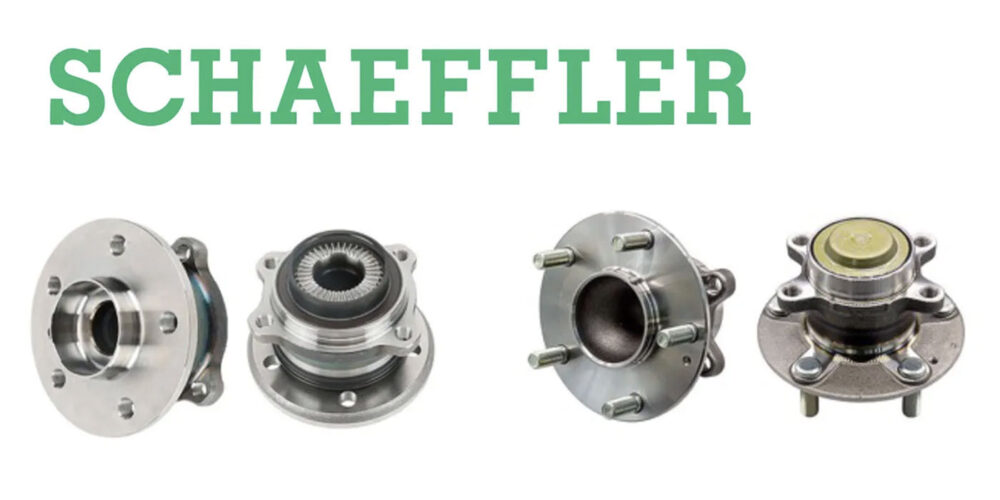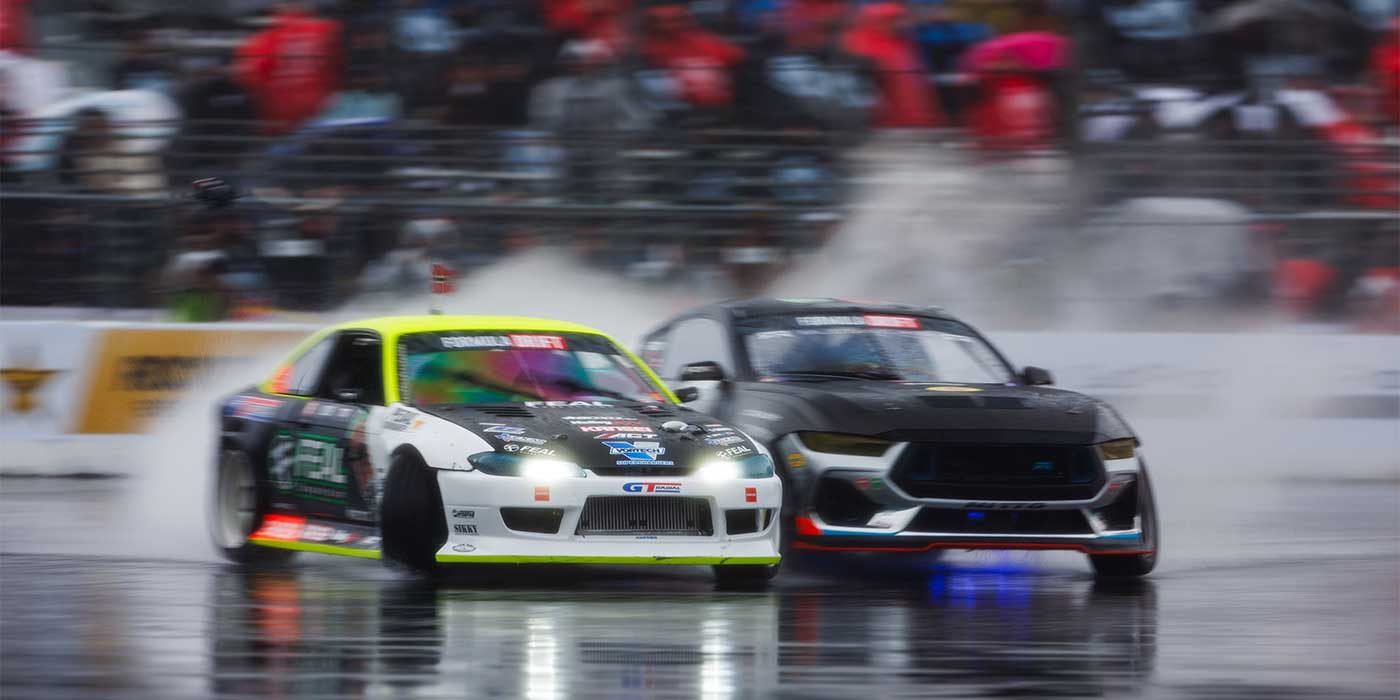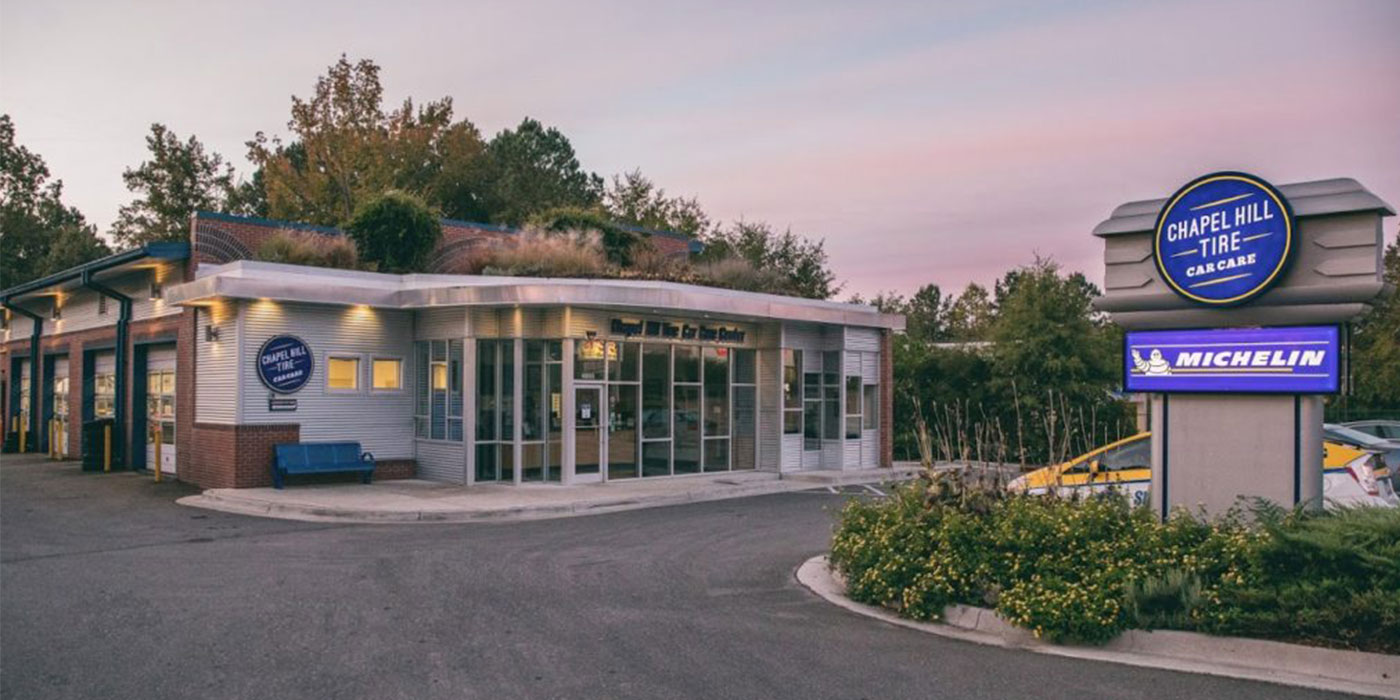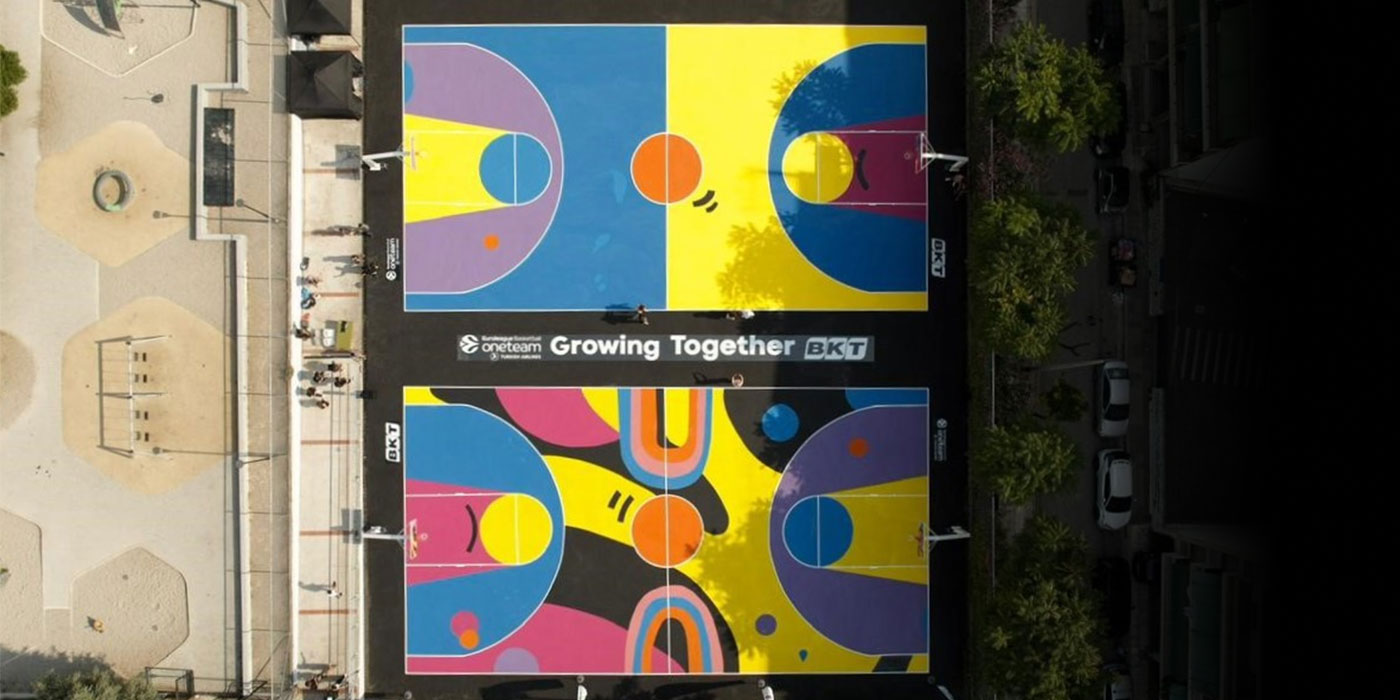India’s tire industry is going through testing times. Amid ballooning prices of raw materials, particularly rubber, it is trying to cater to the demand of the surging auto industry by expanding production capacities. It is still awaiting government decision on regular rubber imports and even moved the court for redressal of grievances, says Rajiv Budhraja, director general of Automotive Tyre Manufacturers’ Association (ATMA)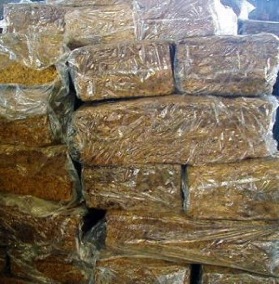
The Indian tire industry is awaiting a key notification from Finance Ministry, which it expects will reduce duty on import of rubber, the strategic raw material for the tire industry. Although it allowed imports to cool the present price rise, it is yet to come up with a sustainable solution on the duty issue.
In September, the Department of Commerce had decided that 100,000 tons of natural rubber should be allowed to be imported at 7.5% customs duty “to ease the over-heated market” following a court petition that the end-users had filed in May 2010.
The Department of Commerce had also decided that the ad valorem tariff on imports should be restricted to 20% or Rs 20, whichever was lower. Both the decisions had been conveyed to the Finance Ministry for issuance of formal notification.
Faced with spiraling prices of natural rubber, the consuming industry was constrained to file yet another appeal before the Delhi High Court early in December 2010. The Court had directed the government to respond within four weeks to the second filing of the petition seeking action.
In the meanwhile, prices have been continuing their climb amid reports of rising demand from China and India and rains in Thailand, the top NR producer.
India, which is the world’s second largest consumer and fourth largest producer of NR, is badly hit by the supply squeeze in the past two years and it is not finding any respite.
Budhraja told Polymers & Tyre Asia that the demand for NR in India is around 950,000 tons. “In the next two years, we expect it to go up by another 200,000 tons,” he said.
With rising GDP, the demand for automobiles is increasing steadily. Already several tire companies have ramped up production and are setting up greenfield projects. “The Indian tire industry has investments of about US$3 billion in pipeline for new greenfield projects and major expansions,” Budhraja said.
He does not see any major shifts in rubber prices at least till the first half of 2011. Market analysts said prices are likely to hover around at high levels of Rs 200 a kg in the year ahead, but they do not see hikes of 80-90% a year as happened this time.
The tire industry is awaiting credible response from the India Government as it has been asked by the Delhi High Court to file its response when the case comes up for hearing on Feb. 10, 2011.
China Factor
Budhraja said that although China and India are ranked 1 and 2, respectively, in NR consumption, China’s consumption is more than the sum total of all other member-nations of the Association of Natural Rubber Producing Countries combined.
“China is expected to retain the number 1 position in NR consumption during the next decade and beyond,” he said. However, unlike China, the NR consumption trend in India follows a steady pattern that is less cyclical in nature, he said. The rise in demand for rubber in India would continue because of the high growth in the automobile sector. This demand is the key driver for tire production.
“These trends in automobile and tire demand and production growth have and will open up opportunities for NR consumption in the Asian region,” Budhraja told the just-concluded International Rubber Conference (IRC2010) in Mumbai.
China and India, where personal vehicle sales have seen 20%-plus increases this year, would continue to boost demand for rubber.
Explaining the challenges before tiremakers, he said the most important aspect is to ensure quality at competitive prices of the raw-material (NR), tires and automobiles.
The tire industry will also have to comply with stringent environmental legislation. As the tire customer in Asia is much more value conscious, be it for raw-materials, intermediates or finished products, it is important to keep an eye on cost.
Mindset Change
Budhraja also wanted a change in the mindset when it comes to NR production. Rubber producers should look at the situation from long-term value creation than seeking out short-term profit and gains.
He also stressed the need to create competitiveness both at the internal organizational levels and the entire sector. Competition that is external to an organization is important and success of companies and countries will depend upon their respective performance and excellence on these parameters.
The problems facing the Indian tire industry would require that policy makers work in concert with tire makers to produce a win-win situation, he said.
ATMA is not convinced of the rosy projection made by government-controlled Rubber Board as it has been doing in the past.
In 2009-10, the Board had initially projected output at over 850,000 tons but later scaled it down to 831,400 tons, a decline of 3.8%. The Board now says production is expected to be higher and the tapping area is likely to increase by nearly 11,000 hectares in 2011 as trees planted in 2003-04 are ready for tapping.
It did not give any reason for making a downward correction on its output and demand projection for 2010-11 (April-March). It currently projected output at 893,000 tons and demand at 978,000 tons.
NR prices have struck record highs due to tight supply that is blamed on a combination of heavy rains and dry weather in Thailand, Indonesia, Malaysia and India, which helped spur rallies in Tokyo and Shanghai rubber futures.
Future Outlook
Budhraja does not back futures trading because ATMA believes heavy speculation in rubber futures market is playing havoc with physical markets. Since the launch of rubber futures on the NMCE in 2003, ATMA has been blaming it for NR price rises. The claim was rejected each time it was raised, citing that the price movement was based on basic demand and supply.
“As a direct fallout of the speculative activity in the futures market, the growers are holding back the stock expecting rise in prices aggravating the scarcity challenge of NR for consumers,” Budhraja said.
NMCE CEO Anil Mishra rejected such claims and said market regular, the Forward Market Commission (FMC), after investigation observed that ATMA’s allegation was wrong and without any evidence. With the country’s stock at 275,000 tons as stated by Rubber Board, such level of speculation is simply not justifiable, Budhraja said.
If not a temporary ban on futures, a lowering of the limit to 1% from the current price limits of 4% should be considered, it said.
High and unhealthy volatility in futures market had made FMC to bring down limits to 2% before suspending the futures in May 2008, he said. In December 2008 when NR prices normalized the futures trading recommenced. But the intra-day circuit limits were increased to 4% to increase liquidity as NR prices had dropped to around Rs 60.
“However, at current NR prices, the futures can be legitimately taken up or down by Rs 16 on same day. This has a potential to cause huge distortions in the physical markets as well,” Budhraja reasoned. Rubber Board has already made a recommendation for reduction in intraday circuit limits in futures trading to ensure that market manipulation risks are minimized.
The Indian tire industry is seeking a level-playing field as it does not get any export incentives. Neither does it have access to raw materials at competitive prices. Such a situation will continue to erode price competitiveness of the Indian tire industry. (Courtesy of Polymers & Tyre Asia)

